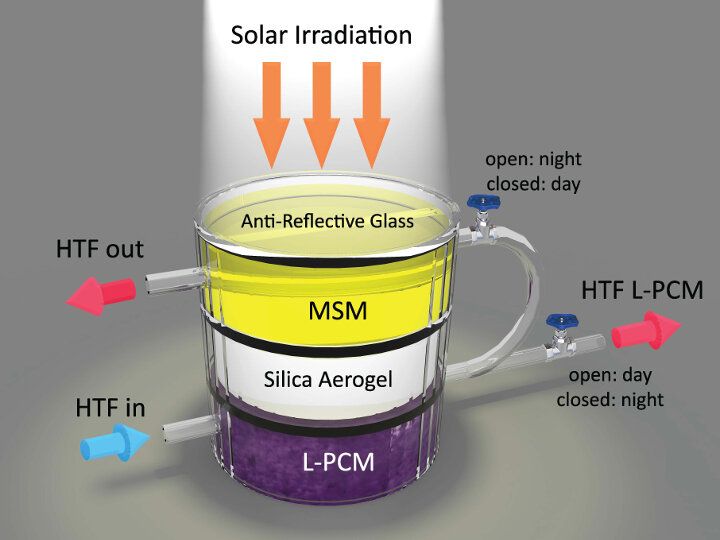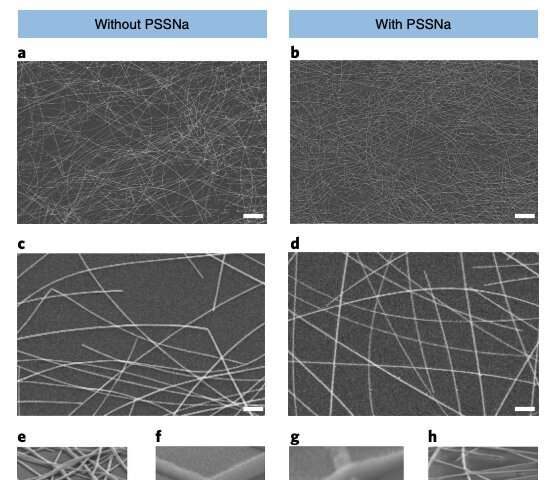Nov 20, 2019
Encouraging early results from first human CRISPR gene therapy trials
Posted by Genevieve Klien in categories: bioengineering, biotech/medical, genetics
Promising preliminary data from one of the first human trials testing the safety and efficacy of a CRISPR gene therapy has just been revealed. Although it is too early to evaluate long-term effects, the initial reports are impressively successful for two patients with severe genetic blood diseases.
Until February of this year, when pharmaceutical companies CRISPR Therapeutics and Vertex began a large global trial into a treatment called CTX001, no human outside of China had been officially treated with a CRISPR-based gene editing therapy.
CTX001 was developed to treat two types of inherited blood disease, beta-thalassemia and sickle cell disease. Both conditions are caused by a mutation in a single gene and the treatment involves engineering a patient’s stem cells with a single genetic change designed to raise levels of fetal hemoglobin in red blood cells.


















